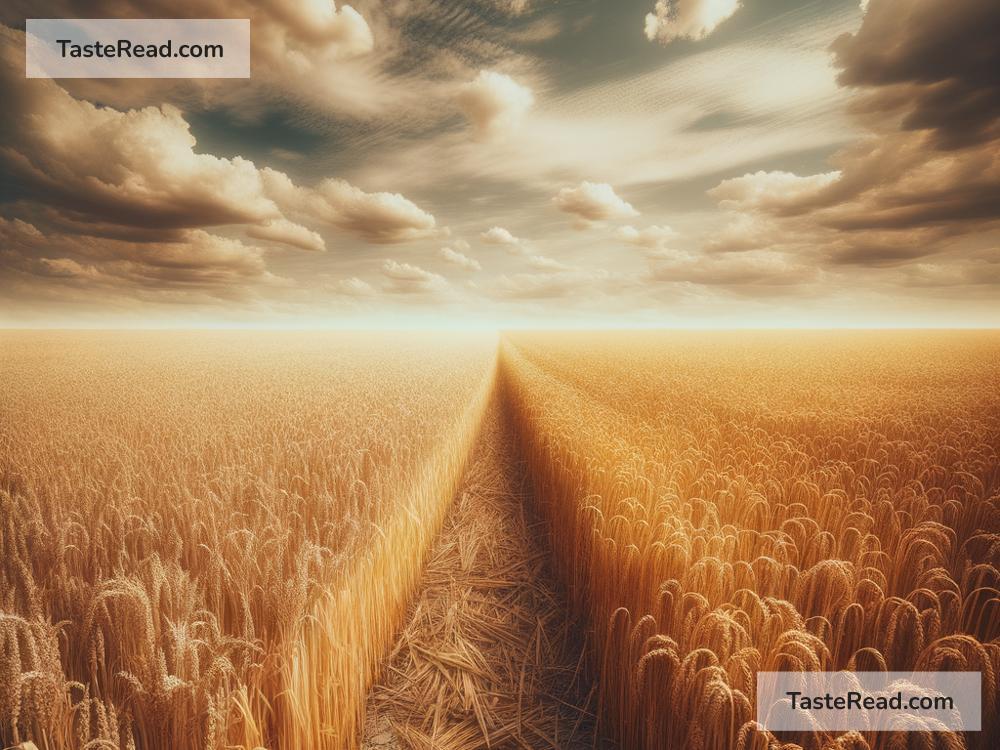How Climate Change Is Affecting Crop Yields
Climate change is one of the biggest challenges the world faces today. It is causing shifts in weather patterns, rising temperatures, and extreme weather events. These changes affect many areas of life, but one particularly critical area is farming. Farmers around the world depend on stable weather and healthy soil to grow crops for food. Unfortunately, climate change is making farming harder. Crop yields—or the amount of food produced from farming—are being affected in troubling ways.
What Is Climate Change?
Before diving into the impact on crops, let’s briefly explain what climate change is. Climate change refers to long-term changes in weather patterns. While the Earth’s climate has naturally changed over thousands of years, scientists agree that current shifts are happening much faster than normal. Burning fossil fuels like coal, oil, and gas releases carbon dioxide into the atmosphere. This greenhouse gas traps heat from the sun, causing global temperatures to rise—a process called global warming.
Why Crop Yields Are Important
Crop yields are important because they determine how much food the world can produce. Higher yields mean more food is available to feed people, while lower yields can lead to food shortages, higher prices, and even hunger in some areas. Farmers aim to grow as much food as possible on their land, but climate change is making this goal harder to achieve.
Rising Temperatures: A Double-Edged Sword
One way climate change affects crops is through rising temperatures. Some crops need warm weather to grow, and a slight increase in temperature might even benefit them. For example, certain crops like wheat and corn may grow faster in regions that were previously too cold. However, too much heat can damage plants. When temperatures rise above a plant’s tolerance level, crops start to wilt or stop growing properly. Extreme heat can also reduce the quality of the food produced.
For crops like rice, potatoes, and vegetables, excessive heat can cause significant problems. For example, rice plants are sensitive to high temperatures. If rice flowers are exposed to heat above 35 degrees Celsius (95 degrees Fahrenheit), they may fail to produce seeds. This leads to lower harvests and can threaten food security in places that rely heavily on rice as a staple food.
Changing Rainfall Patterns
Another major effect of climate change is the disruption of rainfall patterns. Crops need water to grow, but getting too much or too little water can harm them. In some areas, climate change causes more frequent and intense droughts, where there is little to no rainfall for weeks or months. Droughts dry out the soil, making it harder for plants to absorb nutrients. Crops like maize and soybeans, which need a consistent water supply, struggle in drought-like conditions.
On the other hand, some regions are experiencing heavy and unpredictable rainfall. Excessive rainwater can flood fields, washing away planted seeds or drowning crops. Floods also damage soil by removing nutrients that plants need to grow. Farmers in areas affected by sudden rains are finding it harder to maintain high crop yields.
The Threat of Extreme Weather Events
Climate change also leads to more extreme weather events, such as hurricanes, heatwaves, and frost. These events can completely ruin crops in a short amount of time. For example, hurricanes bring strong winds and heavy rains that destroy fields and farms. Frost during unseasonably cold weather can freeze crops and stop them from growing. Farmers cannot always predict these disasters, which means they have little time to prepare or protect their crops.
Pests and Diseases Are Thriving
Climate change is also encouraging the growth of pests and diseases that harm crops. Warmer temperatures allow pests like insects and fungi to spread to new areas where they previously couldn’t survive. For instance, a warming climate has led to the spread of locust swarms in East Africa. These locusts eat large amounts of crops, leaving farmers with nothing to harvest. Similarly, diseases like wheat rust are becoming more common due to changing climates, further lowering crop yields.
Solutions Are Needed
While the impact of climate change on crop yields is serious, there are some solutions that can help. Farmers can adopt techniques like planting drought-resistant crops or using better irrigation systems to manage water. Scientists are also working to develop seeds that can withstand heat and pests, giving farmers better tools to combat climate challenges.
Governments and organizations can help by supporting farmers through training, financial aid, and improved access to resources. Most importantly, reducing greenhouse gas emissions is key to slowing down climate change. If countries take steps to switch to clean energy and reduce pollution, the effects of climate change could be less severe in the future.
Final Thoughts
Climate change is already affecting crop yields, and the problem is expected to grow worse in the coming decades. Rising temperatures, disrupted rainfall, extreme weather, and pests are making it harder for farmers to grow the food we need. This is a global problem that affects everyone, but it’s also one we can work together to solve. By supporting farmers, investing in sustainable practices, and reducing greenhouse gas emissions, we can help protect our food supply and create a more secure future.


